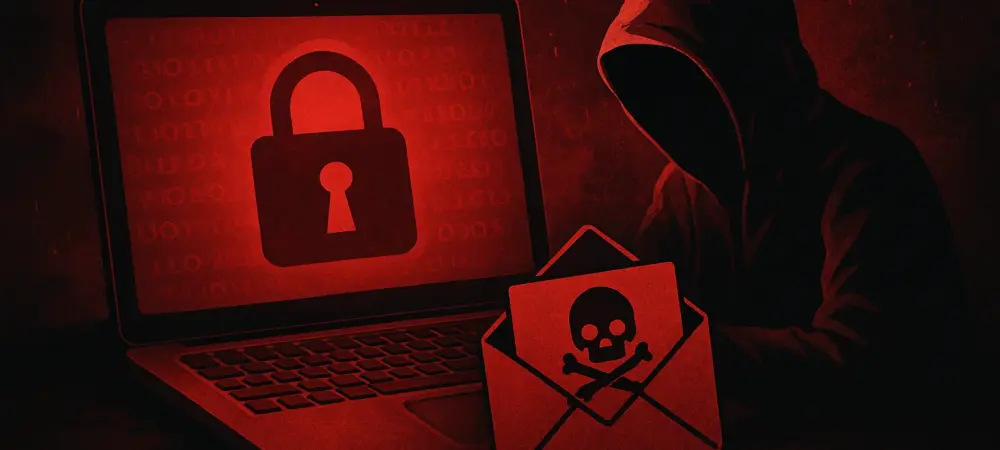Short introductionIn the wake of a significant ransomware attack that struck Nevada, disrupting key government services, I had the opportunity to sit down with Dominic Jainy, an IT professional with deep expertise in artificial intelligence, machine learning, and blockchain. With a keen interest in applying cutting-edge technologies to solve real-world challenges, Dominic offers invaluable insights into the complexities of cybersecurity and the ongoing investigation in Nevada. Our conversation explores the details of the attack, the response from state and federal agencies, and the broader implications for government infrastructure security.
Can you walk us through what unfolded on Sunday morning when the ransomware attack was first detected in Nevada?
Certainly. From what’s been shared, state officials discovered the intrusion early that Sunday morning. It appears they noticed unusual activity within their networks, which triggered an immediate response to assess the scope of the breach. The first step was to isolate the threat by taking affected systems offline to prevent further spread. This kind of rapid containment is crucial in ransomware scenarios to limit damage, but it also means disrupting services right away, which is why we saw phone systems and agency websites go down almost instantly.
What’s the latest on the state of government services in Nevada after this attack?
Right now, the situation is still fluid. Many services, like phone systems and state agency websites, remain offline or severely limited. However, critical operations such as unemployment claims, emergency services, and Medicaid have stayed functional, which is a relief. The Department of Motor Vehicles is operating with reduced capacity, so folks are facing delays there. As for full restoration, officials are taking a cautious approach, ensuring systems are secure before bringing them back online, but no specific timeline has been confirmed yet.
Can you shed some light on the data that was stolen during this breach?
Unfortunately, the specifics of the stolen data are still unclear. State officials have indicated that the attackers managed to exfiltrate information, but determining exactly what was taken is a slow and meticulous process. It involves forensic analysis of logs and compromised systems to piece together the breach’s impact. Rushing this could lead to inaccurate conclusions, so while it’s frustrating for the public, this thoroughness is necessary to understand the full extent of the exposure.
How are state and federal agencies collaborating to tackle this cyberattack?
There’s a strong partnership in play here. The Cybersecurity and Infrastructure Security Agency, or CISA, is actively involved, with their threat hunters analyzing Nevada’s networks to identify vulnerabilities and mitigate further risks. Meanwhile, the FBI is leading the investigative efforts to track down the perpetrators. While no suspects have been named publicly, the FBI’s commitment to pursuing these criminals is clear, and they’re encouraging anyone with information to come forward. It’s a coordinated effort to both recover and prevent future incidents.
What steps are being taken to ensure something like this doesn’t happen again in Nevada?
In the aftermath, there’s a big focus on strengthening cybersecurity. State officials are working on rebuilding systems with enhanced security measures, and they’re not reactivating anything until experts verify it’s safe. Beyond that, I expect we’ll see investments in upgraded protocols, better training for staff, and possibly adopting more advanced threat detection tools. These attacks expose gaps, and addressing them head-on with both technology and policy changes is the only way to build resilience.
How are officials addressing the public’s concerns about their personal information being compromised?
Understandably, Nevadans are worried about their sensitive data, and officials have acknowledged those fears. While specifics on the stolen data aren’t available yet, steps are being taken to protect residents. This likely includes monitoring for signs of misuse and preparing to offer support like credit monitoring if needed. For now, I’d advise people to keep an eye on their financial accounts, change passwords, and be cautious of phishing attempts that could exploit this situation.
Some essential services like emergency response and unemployment claims remained operational. How were these safeguarded during the attack?
It’s a testament to strategic planning that these critical services stayed up. Often, essential systems are segmented from others or have redundant backups in place to ensure continuity. There might also be stricter access controls or monitoring on these networks, which helped shield them from the ransomware’s spread. That said, no system is entirely immune, so ongoing vigilance is key to ensure they remain protected as the investigation continues.
With the DMV offering only limited services, can you explain what challenges they’re facing in getting back to full capacity?
The DMV, like other agencies, is dealing with the fallout of having systems taken offline for security reasons. Restoring operations isn’t just about flipping a switch; it involves rebuilding or cleaning infected systems, testing for vulnerabilities, and ensuring no backdoors are left by the attackers. This staged approach takes time, especially for a service with high public demand like the DMV, where even small delays can create big backlogs for residents.
What is your forecast for the future of cybersecurity in state and local government infrastructures?
Looking ahead, I think we’re going to see a major shift in how state and local governments approach cybersecurity. These attacks are wake-up calls, highlighting just how vulnerable critical infrastructure can be. I predict increased funding for cyber defenses, more partnerships with federal agencies like CISA, and a push toward adopting advanced technologies like AI for real-time threat detection. But it’s not just about tech—there’ll be a greater emphasis on training and public awareness too, because human error often opens the door for these attacks. The road ahead is challenging, but it’s also an opportunity to build stronger, more resilient systems.

